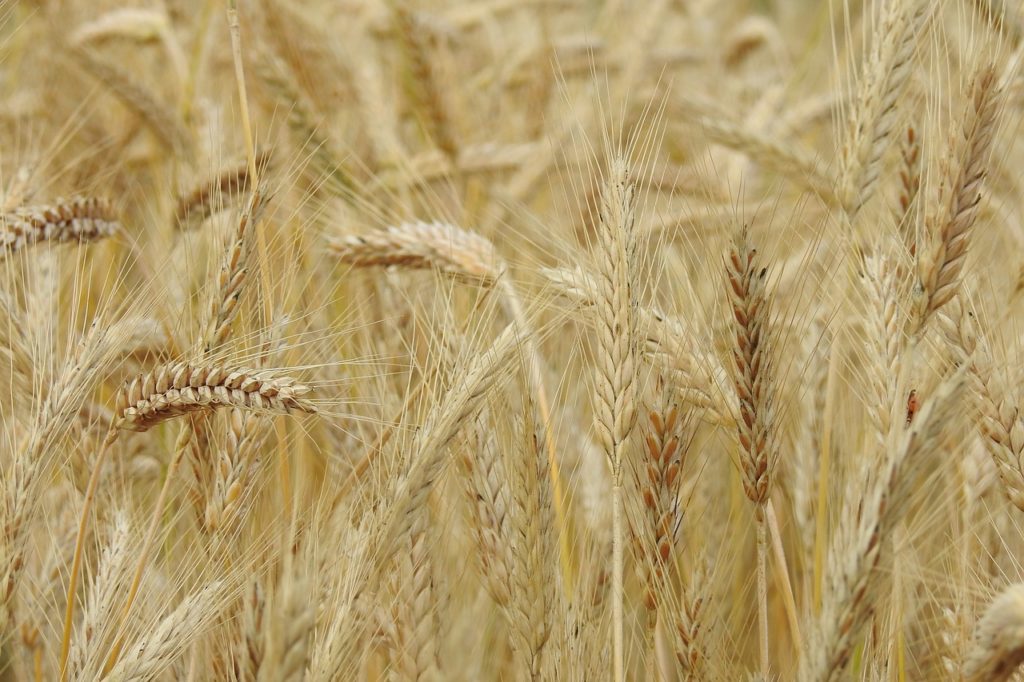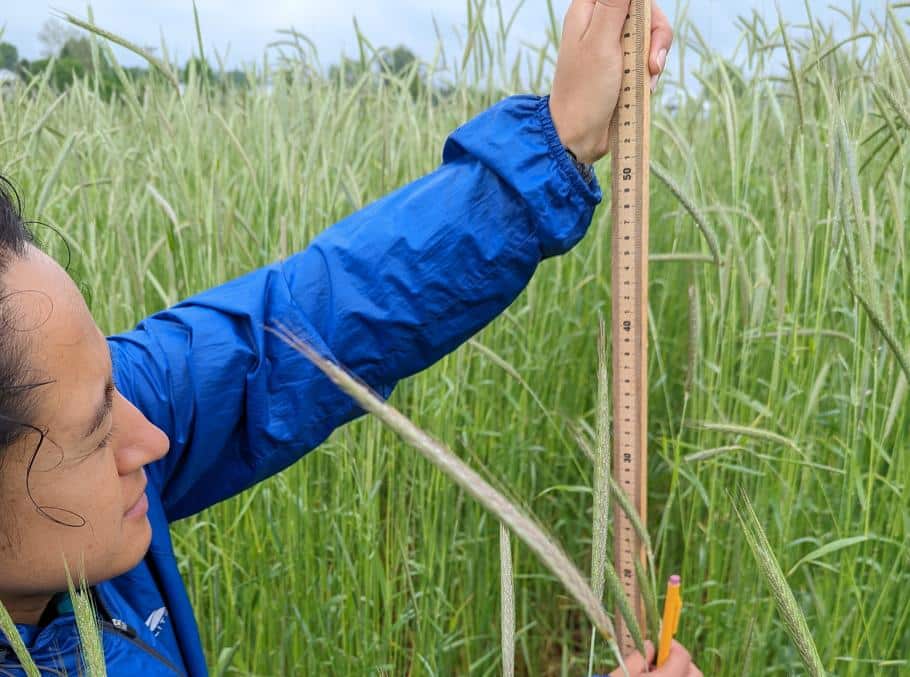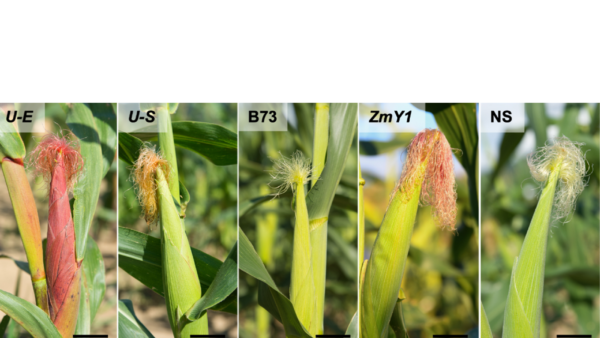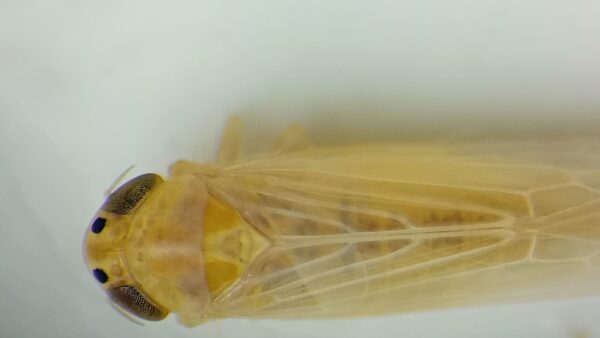Researchers University of Saskatchewan (USask) have helped decode the rye genome. Here’s why the news — published in the journal Nature Genetics — is significant.
The rye genome is massive.
It’s large and complex, mainly due to the large number of highly repeated DNA segments. There are important biological differences between rye and its two relatives: rye is fertilized through cross-pollination, meaning individual genetic traits cannot be “fixed” as easily as in a self-fertile plant species.
Historically, rye wasn’t seen as an important crop.
That means funding for this kind of research has been hard to come by. The comparatively low economic importance on a global scale, combined with the great complexity of the genome, made it harder for rye to get the attention it deserved for many years, according to professor Nils Stein, lead of the research group Genomics of Genetic Resources at IPK Leibniz Institute in Germany which led the study.
Rye shares a close and long evolutionary history with barley and wheat. However, its role as an important crop is much shorter. While barley and wheat were domesticated about 10,000 years ago in the so-called Fertile Crescent of the Near East, rye initially spread to Northern Europe as a weed growing in barley and wheat fields. Gradually, rye adopted the characteristics of its two “big brothers” before becoming a purely cultivated species only 5,000-6,000 years ago.
The research could help enhance other crops.
Rye is one of the most cold-tolerant cereal crops and can survive the harshest winters typical of the Canadian Prairies, according to Curtis Pozniak, member of the USask research team. The genome sequence of rye points to important genes that could be used to enhance the cold tolerance of other important winter crops, including wheat.
Rye offers access to a diverse gene pool, not only for rye breeding but also for wheat breeding. Knowing the reference sequence makes it easier to transfer positive properties of rye, such as resistances, to wheat without negatively affecting baking properties, for example.
It’s the result of an international collaboration.
The delivery of the rye genome represents the work of a large and dedicated group of partners across the world, said plant molecular geneticist Andrew Sharpe, director of Genomics and Bioinformatics at USask’s Global Institute for Food Security (GIFS). These results are significant, as they provide a complete genome that is closely related to other grass crop species such as wheat and barley, thus allowing a deeper insight into the evolutionary relationships between them.
The research used homozygous seeds from the plant breeding company KWS SAAT SE & Co. KGaA.
Parallel to the work of the international research team led by Stein, Chinese researchers created a reference sequence of a Chinese landrace of rye.
All the research data is available to the general public, meaning the extensive genetic diversity of rye can be systematically discovered and used by breeders in a more targeted approach.












